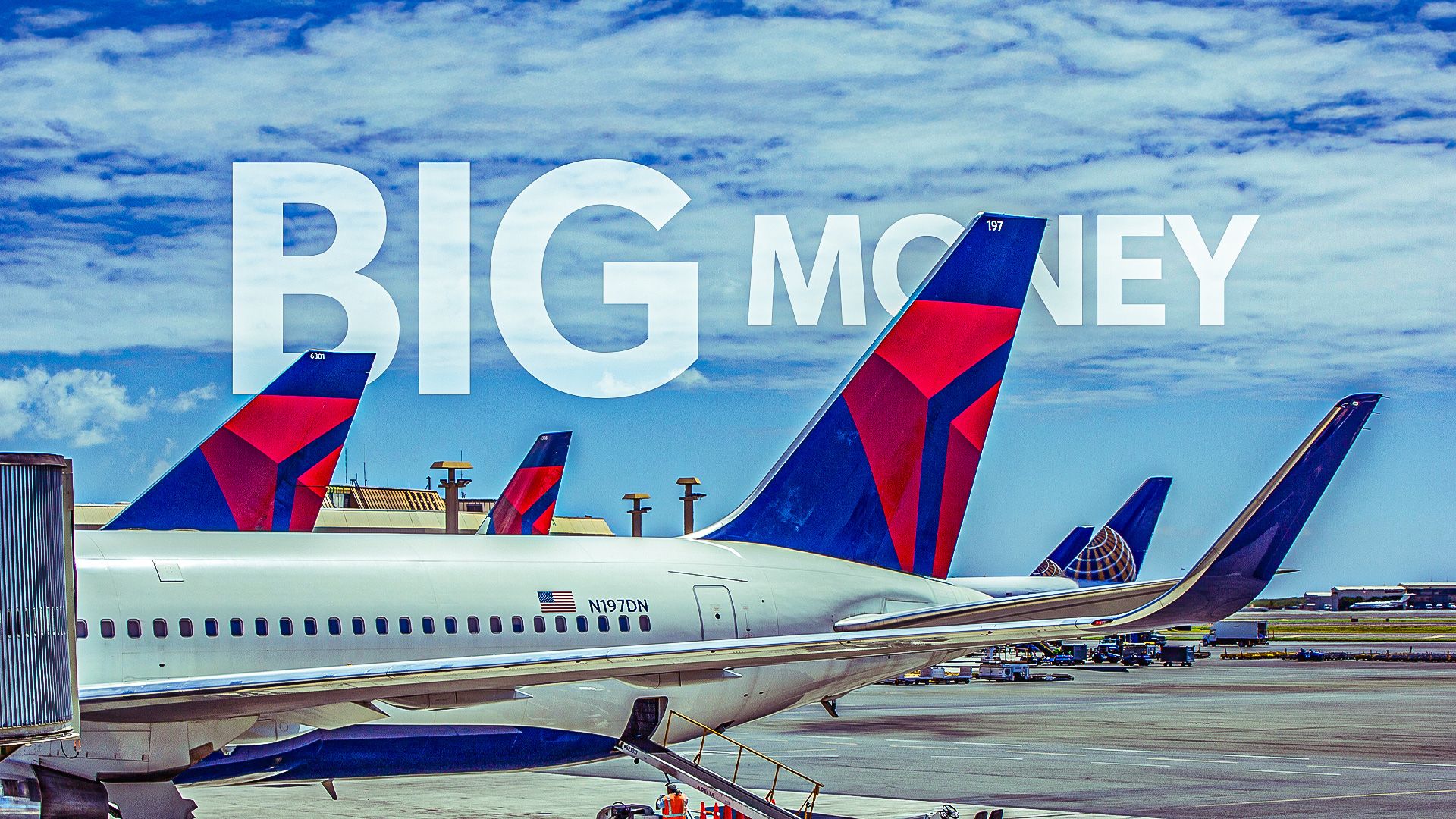World
Airline CEOs’ Salaries Surge Post-CARES Act in 2024

The compensation for airline CEOs in the United States has seen significant increases following the expiration of the CARES Act in 2023. This act, implemented during the COVID-19 pandemic to provide financial relief, placed strict limits on executive pay for airlines receiving government aid. With those restrictions lifted, 2024 marked a pivotal year for executive salaries in the industry, leading to notable jumps in pay packages among the top airline leaders.
The CARES Act, which came into effect in March 2020, aimed to stabilize businesses during the pandemic. It capped executive salaries at $3 million and limited additional earnings based on 2019 compensation levels, according to reports from One Mile At A Time. Notably, Scott Kirby, CEO of United Airlines, witnessed a dramatic rise in his earnings. His total compensation soared from $9.8 million in 2020 to $33.9 million in 2024. This significant increase reflects broader trends in executive pay across the industry as financial conditions improved post-pandemic.
CEO Compensation Breakdown for Major Airlines
In 2024, the compensation packages for the CEOs of the major U.S. airlines highlighted striking disparities. The breakdown of compensation for the leaders of the ‘Big Four’ airlines reveals the astonishing figures for base salaries, bonuses, and stock awards:
– **Scott Kirby, United Airlines**: Base Salary – $1.2 million, Bonus – $3 million, Non-Equity Incentive – $5.1 million, Stock Awards – $24.4 million, Total – $33.9 million
– **Ed Bastian, Delta Air Lines**: Base Salary – $1.5 million, Bonus – $3 million, Non-Equity Incentive – $11.6 million, Stock Awards – $11 million, Total – $27.1 million
– **Robert Isom, American Airlines**: Base Salary – $1.2 million, Bonus – $2 million, Non-Equity Incentive – $5.4 million, Stock Awards – $7 million, Total – $15.6 million
– **Bob Jordan, Southwest Airlines**: Base Salary – $1.2 million, Bonus – $2 million, Non-Equity Incentive – $2.4 million, Stock Awards – $5 million, Total – $10.6 million
These figures illustrate the substantial financial rewards that accompany leadership roles in an industry characterized by slim profit margins. The variations in compensation among these airline executives can be attributed to company performance, stock growth, and board decisions regarding pay structures.
Factors Influencing CEO Pay
Several elements contributed to the differing compensation levels among airline CEOs in 2024. For instance, United Airlines experienced robust stock performance, which positively impacted Kirby’s equity compensation. Delta maintained its profitability and customer satisfaction, ensuring Bastian’s pay remained competitive. Conversely, American Airlines adjusted Isom’s compensation downwards after mixed financial results and shareholder concerns, reflecting a more cautious approach to executive pay.
The compensation trends pose questions about the ethical implications of such high salaries, especially in the context of the government assistance provided during the pandemic. In light of this, it raises concerns about the distribution of taxpayer money, which ultimately found its way into the pockets of airline executives. According to an analysis by Forbes, the pay gaps between airline CEOs and their average employees remain significant, although the ratios are less extreme compared to other industries.
The following pay ratios illustrate this disparity:
– **Scott Kirby, United Airlines**: 380-to-1
– **Ed Bastian, Delta Air Lines**: 258-to-1
– **Robert Isom, American Airlines**: 191-to-1
– **Bob Jordan, Southwest Airlines**: 115.5-to-1
These ratios highlight a growing concern regarding the increasing gap between executive pay and employee salaries, particularly in a sector that received substantial government aid.
Public sentiment reflects dissatisfaction with the high pay of airline CEOs, particularly in relation to service quality and staff pay. Critics argue that the significant compensation packages do not align with the realities faced by average employees, including flight attendants. Many passengers have taken to social media to express frustration over cramped seating and inconsistent service, attributing these issues to corporate decisions driven by profit motives rather than customer experience.
As the airline industry continues to recover from the pandemic, the conversation around executive compensation will likely remain contentious. Observers will be keeping a close eye on how these salaries evolve and whether they reflect the realities of the workforce and customer expectations. Ultimately, the compensation structures for airline CEOs are indicative of broader trends in corporate governance and the ongoing debate over income inequality in the United States.
In a landscape where airline executives command substantial salaries, the challenge remains to balance financial rewards with the responsibilities of leadership and the expectations of both employees and customers.
-

 Science2 weeks ago
Science2 weeks agoIROS 2025 to Showcase Cutting-Edge Robotics Innovations in China
-

 Politics2 weeks ago
Politics2 weeks agoJudge Considers Dismissal of Chelsea Housing Case Citing AI Flaws
-

 World2 weeks ago
World2 weeks agoBravo Company Veterans Honored with Bronze Medals After 56 Years
-

 Top Stories2 weeks ago
Top Stories2 weeks agoIndonesia Suspends 27,000 Bank Accounts in Online Gambling Crackdown
-

 Lifestyle2 weeks ago
Lifestyle2 weeks agoStone Island’s Logo Worn by Extremists Sparks Brand Dilemma
-

 Health2 weeks ago
Health2 weeks agoStartup Liberate Bio Secures $31 Million for Next-Gen Therapies
-

 Sports2 weeks ago
Sports2 weeks agoMel Kiper Jr. Reveals Top 25 Prospects for 2026 NFL Draft
-

 Health2 weeks ago
Health2 weeks agoTop Hyaluronic Acid Serums for Radiant Skin in 2025
-

 World2 weeks ago
World2 weeks agoHoneywell Predicts Record Demand for Business Jets Over Next Decade
-

 Politics2 weeks ago
Politics2 weeks agoNew Jersey Voters Urged to Register Ahead of November Election
-

 Lifestyle2 weeks ago
Lifestyle2 weeks agoMary Morgan Jackson Crowned Little Miss National Peanut Festival 2025
-

 Sports2 weeks ago
Sports2 weeks agoYamamoto’s Mastery Leads Dodgers to 5-1 Victory in NLCS Game 2









